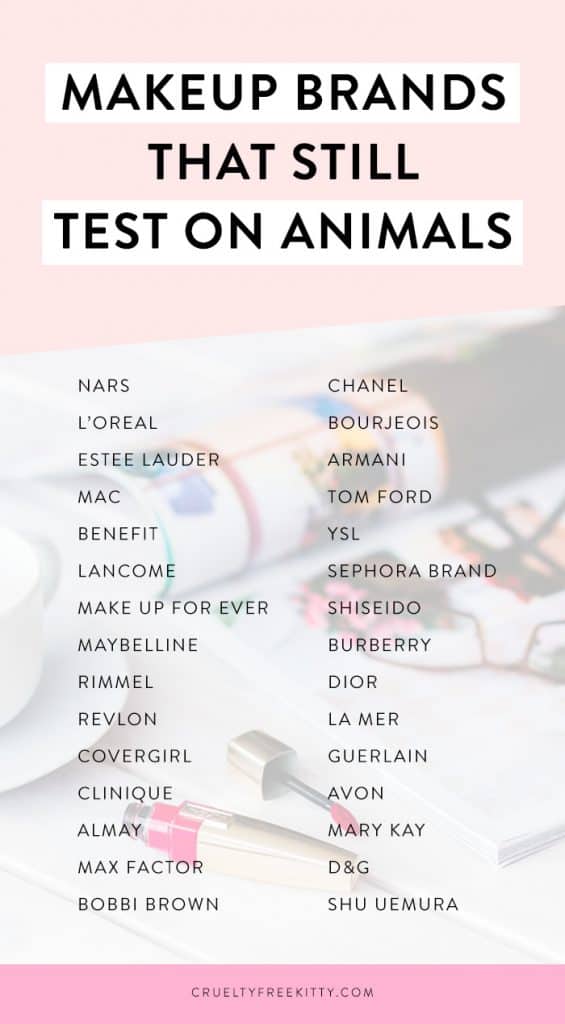When it comes to the beauty industry, one question lingers in the hearts and minds of conscious consumers: is Inglot Cosmetics truly animal cruelty-free? As the demand for ethical beauty products surges, understanding a brand’s practices becomes imperative. This exploration not only evaluates Inglot’s commitment to animal welfare but also poses a challenge for consumers. Are we, as beauty aficionados, discerning enough to reject products that may disregard our ethical values?
Inglot Cosmetics, a brand that has rapidly gained popularity for its vibrant color palettes and innovative formulations, originated in 1983 in Poland. With an expansive collection of products ranging from eyeshadows to foundations, Inglot aims to empower individuals through expressive makeup. Yet, as the brand flourishes, one must now turn an inquisitive eye toward its ethical stance.
The term “cruelty-free” evokes a sense of relief in shoppers who prioritize animal welfare. But what does it truly signify in the context of a cosmetics brand? Typically, cruelty-free indicates that a company does not test its products or ingredients on animals at any stage of development. This assurance of compassion is what potential buyers yearn for. Unfortunately, many brands, despite claiming to be cruelty-free, often fall short when scrutinized or produce goods in regions where animal testing is mandated by law.
Upon examining Inglot’s official statements, it appears that the brand proudly asserts its commitment to being cruelty-free. The company affirms that it does not conduct any testing on animals, nor does it request third parties to do so on its behalf. This declaration certainly resonates with the desires of compassionate consumers who are fighting against inhumane treatment of animals in the cosmetic industry.
However, the challenge does not end merely at recognizing these claims. The beauty market is riddled with complexities, including factors such as international regulations and the intricacies of supply chains. For instance, despite its cruelty-free claims, if a brand sells in countries where animal testing is imposed by law—such as China—it can create an ethical quagmire for those who scrutinize their values deeply. This dilemma raises an important question: can a brand genuinely be considered cruelty-free if it operates within a system that enforces testing?
As of now, Inglot has not listed China as a market for its products, which is promising news for animal activists. However, it is essential to continually monitor any changes within the company’s business model, especially as brands frequently shift their market strategies. A vocal and informed consumer base can incite a brand to maintain its ethical commitments.
Another aspect to consider when evaluating Inglot’s cruelty-free status is the transparency of its supply chains. Are the ingredients sourced from ethical suppliers? This question extends beyond testing practices and delves into the origin of materials. Brands that genuinely aim for cruelty-free labeling often prioritize sustainable and humane sourcing across their product lines. Inglot’s website includes information about their ingredients but provides limited data about the sourcing of those ingredients. A deeper inquiry into this could unearth any potential misalignments with cruelty-free ethics.
Moreover, it is essential to acknowledge that consumer education plays a vital role in the evolution of ethical beauty standards. Many potential buyers feel helpless, as mammoth brands often dominate the industry, overshadowing smaller, transparent companies dedicated to ethical practices. Nevertheless, each purchase we make sends a message. Consumer interest in cruelty-free products is not merely a trend but a resounding demand for change.
As discussions surrounding animal rights intensify, brands like Inglot will likely face increased scrutiny regarding their practices. Staying informed and aware of company policies will aid consumers in making conscious choices. The challenge ahead is for consumers to be vigilant and demanding—pushing brands toward accountability and more stringent ethical commitment.
In conclusion, while Inglot Cosmetics positions itself as a cruelty-free brand with commendable intentions, ongoing consumer vigilance is essential to ensure these claims hold true over time. As advocates for animal welfare, it is imperative that we contribute to a transformative beauty industry that respects all forms of life. While it is a breath of fresh air to see brands like Inglot stepping forward with cruelty-free aspirations, the commitment to eliminating animal cruelty is a continual journey, not a destination. Thus, the challenge remains: will you, as a conscious consumer, scrutinize and advocate for brands to uphold these values consistently? The answer, undoubtedly, lies within your purchasing power and your unwavering commitment to compassion. Let us champion a future where ethical beauty aligns with avid support for animal rights, fostering a world where beauty and morality coexist harmoniously.








